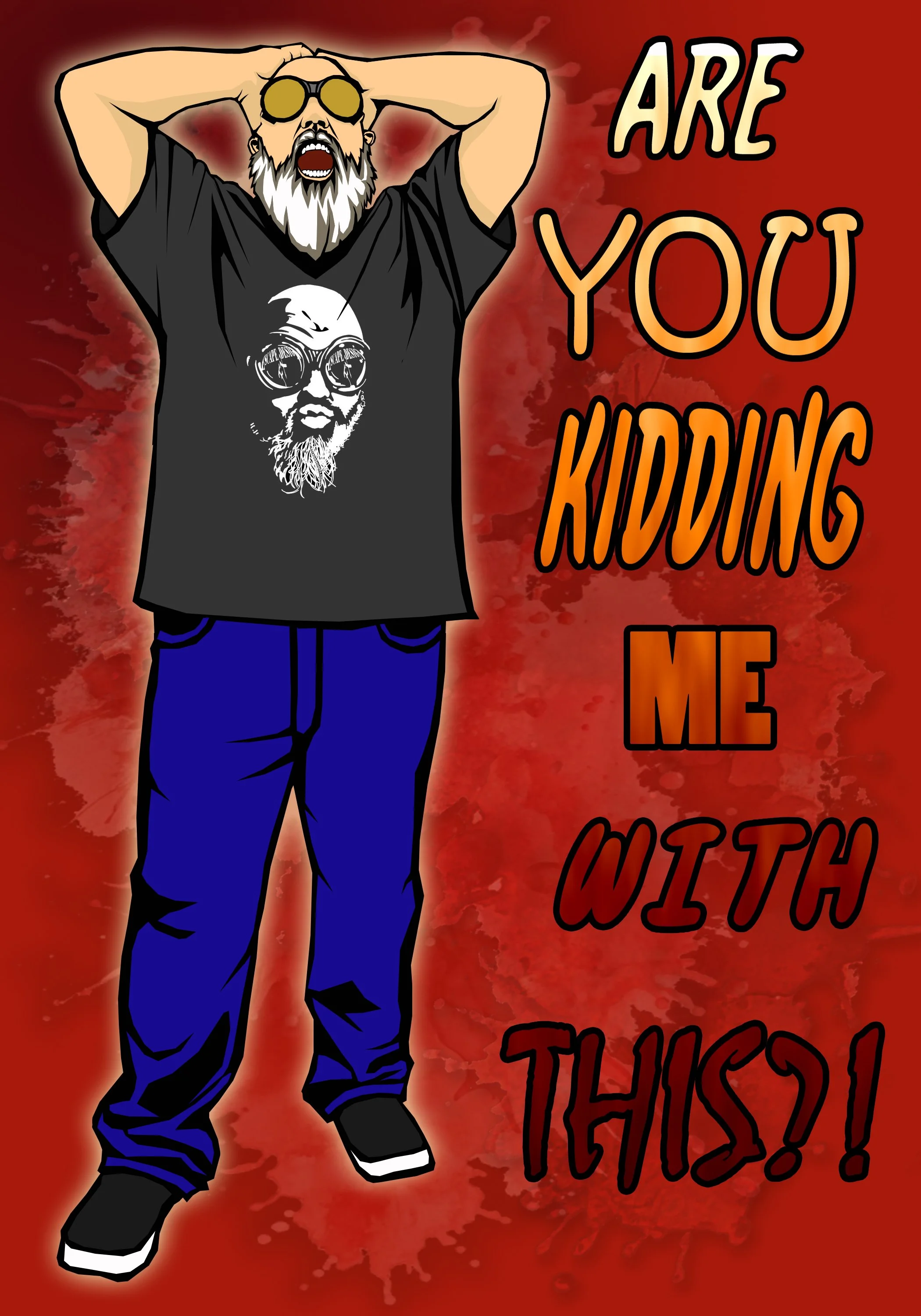Art is Work Not a Hustle: Why Society Needs to Understand That Creativity Is Real Work (Copy)
“It’s just arts and crafts. This isn’t a real job.”
You’d be surprised how often I hear that, or maybe you wouldn’t. There’s a strange cultural bias against art being treated like a legitimate profession, as if it’s somehow less valid than tossing a ball for millions of dollars or pushing paperwork across a desk.
So, let’s talk about what makes something a “real job,” and why people are so quick to dismiss art as one.
First off, what is a job, anyway? It’s something you do to earn money. A way to pay the bills. It might not be fun, it might not be fulfilling, but it serves a purpose. A career, on the other hand, is often a calling. It’s a long-term investment. It’s something you work at, grow in, and build a life around. So, if that’s the measure, then how is being a professional artist not both a job and a career?
Maybe it’s because people think it doesn’t take effort.
Let’s talk about effort.
Take puppet building, for example. Not digital puppets. Real, tangible, hand-built characters made from foam, fabric, resin, latex…you name it. People think puppets are for kids, so how hard can it be, right? Let me walk you through what that actually looks like.
First, there’s the sculpting. That alone takes years of trial and error to master. Then there’s molding, casting, and building out mechanisms like blinking eyes or jaw movement. Pattern drafting, fabric selection, sewing—none of which happens overnight. There’s engineering, troubleshooting, safety protocols, and literal blood, sweat, and tears.
But because I enjoy it, it’s not work?
That logic would disqualify half the world from being taken seriously. Do athletes not enjoy their jobs? Because they certainly get paid for what they do, and we don’t question the validity of that career. Apparently, it’s more acceptable for a grown adult to get rich playing a game than it is for someone to make a living creating something from nothing.
And there’s this word people love to use for artists: hustle. As in, “art’s not a career. It’s a hustle.” As if no real investment has been made. That’s a joke. Every single step in my process is the result of years of study, failed experiments, hands-on learning, and relentless practice. It didn’t just fall into place. This isn’t a weekend hobby I slapped a price tag on. It’s a skillset that’s been earned.
Musicians spend years learning to read, write, and play music. Woodworkers, chefs, and mechanics go through the same slow mastery. So why is it that when artists do it, it’s dismissed as a side gig?
Here’s another one I hear a lot: “Creativity isn’t real work.”
Wrong. Creativity is work. It’s critical thinking. It’s problem solving. If you think using your brain to untangle complex challenges doesn’t count as labor, try telling that to an architect or a construction foreman working through a blueprint issue. Things go sideways all the time, and the people who can adjust in real time using their knowledge and imagination are the ones who keep everything moving.
Maybe people are hung up on the idea that art isn’t physical.
Let me fix that idea, too.
Some of my molds weigh 30 pounds before I even add casting material. Once they’re filled, they can hit 50 pounds or more. And you don’t just pour and walk away. You rotocast them, turning them by hand in all directions for minutes at a time. Do that five or six times in a day and tell me again how art isn’t physical.
The workspace isn’t glamorous either. I’m often hunched over for hours, working in plaster or clay dust, suited up in PPE because some of these materials are toxic. I wear heavy gloves, face shields, and respirators. I breathe through filters and sweat through layers. This isn’t lounging with a paintbrush. It’s a grind.
So, let’s recap.
Art takes effort. Art requires skill. Art demands investment—of time, money, body, and mind. And yes, sometimes artists even enjoy the work. That doesn’t make it less legitimate. It makes us lucky.
Art is a job. Art is a career. Art is real work.
So now what?
How long are we going to keep pretending it isn’t?


